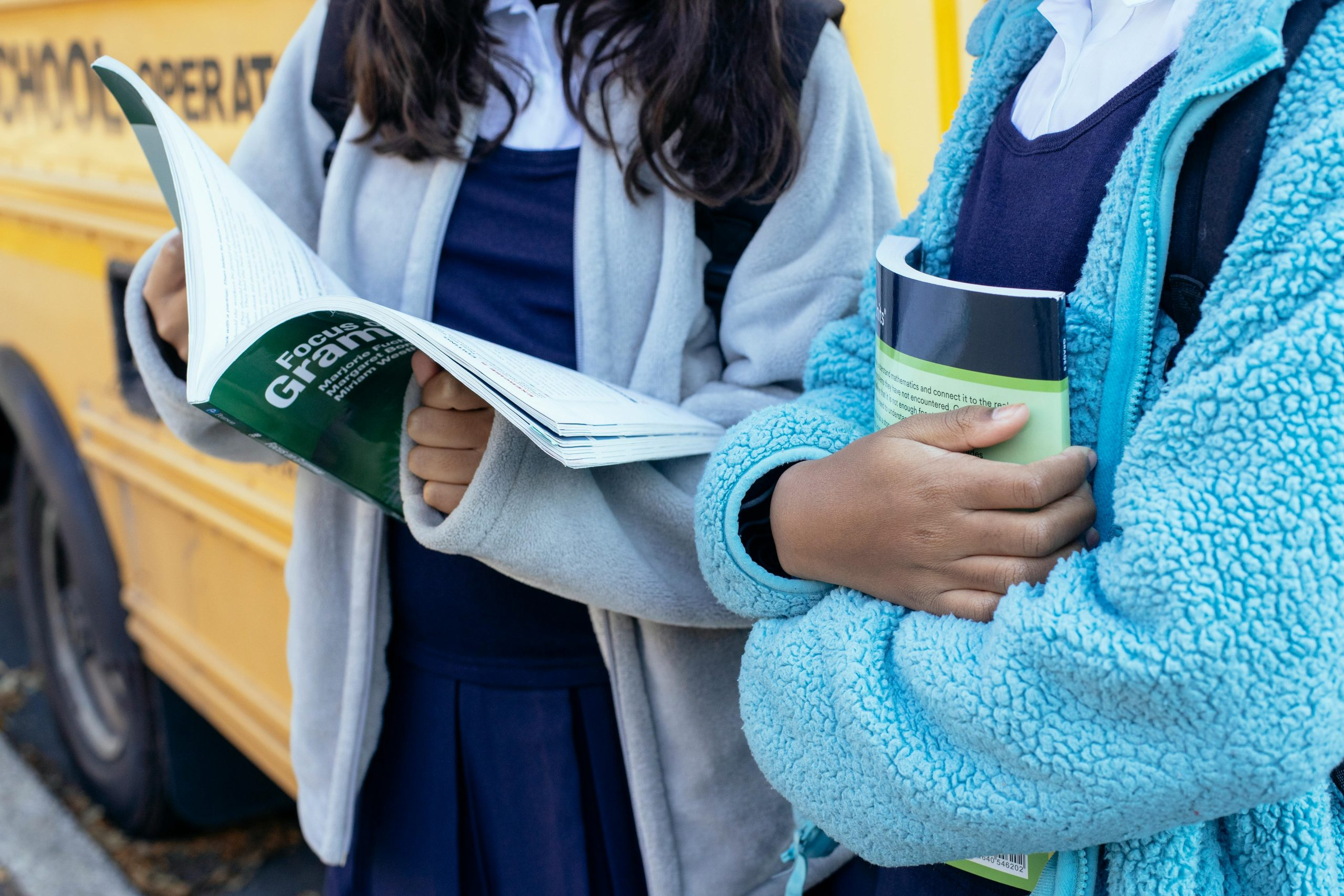Strategies to keep students motivated year-round
As the school year progresses, many students begin to lose motivation and fall into a slump. But as educators, it is our job to keep them engaged and excited about their education, not just at the beginning of the year but all year-round. There are a variety of strategies that can be implemented to keep students motivated and eager to learn, and in this article, we will explore some of the most effective ones.
The Power of Positive Reinforcement
One of the most effective strategies for keeping students motivated year-round is through positive reinforcement. This means acknowledging and rewarding students when they exhibit good behavior, make progress, or achieve success. Rather than focusing on the negative, shift the focus to the positive and watch as students become more motivated to continue their hard work.
Verbal Praise and Encouragement
A simple “great job” or “well done” can go a long way in boosting a student’s motivation. Verbal praise and encouragement are easy and effective ways to acknowledge and reinforce positive behavior and effort. Furthermore, it can also help build self-esteem and confidence in students, which can in turn motivate them to continue working hard.
Reward Systems
In addition to verbal praise, implementing a reward system can also be highly motivating for students. This can be something as simple as a sticker chart for younger students or a point system for older students. Rewards can range from small prizes to special privileges or even a special activity or outing. The key is to make the rewards attainable and desirable for students.
Engaging Activities and Learning Opportunities
Another important aspect of keeping students motivated is to provide engaging and meaningful learning opportunities. Students are more likely to be motivated if they are interested and invested in what they are learning. This can be achieved through a variety of activities and strategies:
Interactive Lessons
Lessons that require active participation from students, such as group work, discussions, and hands-on activities, can help keep students engaged and motivated. This type of learning allows students to interact with the material in a more meaningful way, making it more likely for them to retain information and stay motivated.
Real-World Relevance
Students are more likely to be motivated if they can see the real-world relevance of what they are learning. Whenever possible, try to incorporate real-life examples and applications into lessons. This not only makes the material more interesting, but it also helps students understand the importance of what they are learning.
Student Choice and Autonomy
Allowing students to have some autonomy in their learning can also increase motivation. This can be achieved through activities such as project-based learning, where students are given the opportunity to choose how they want to approach a task or assignment. Giving students some control over their learning can increase their engagement and motivation, as they feel more invested in the outcome.
Building Relationships and Creating a Positive Classroom Culture
Last but certainly not least, building relationships and creating a positive classroom culture can greatly impact student motivation. When students feel connected to their teacher and peers, and when they feel like their classroom is a safe and welcoming space, they are more likely to be motivated to learn.
Getting to Know Your Students
Take the time to get to know your students as individuals and show a genuine interest in their lives and interests. This not only helps build a strong teacher-student relationship but also allows you to tailor your teaching to their specific needs and interests.
Encouraging Collaboration and Support
Encouraging a sense of community and collaboration in the classroom can also have a positive impact on motivation. Provide opportunities for students to work together and support one another, whether it’s through peer tutoring or group projects. This helps students feel connected and invested in their learning.
By implementing these strategies, we can help keep students motivated year-round. Remember, motivation is not a one-size-fits-all approach; what works for one student may not work for another. Be flexible and open to trying new strategies, and most importantly, always show students that you believe in their potential and are invested in their success.










